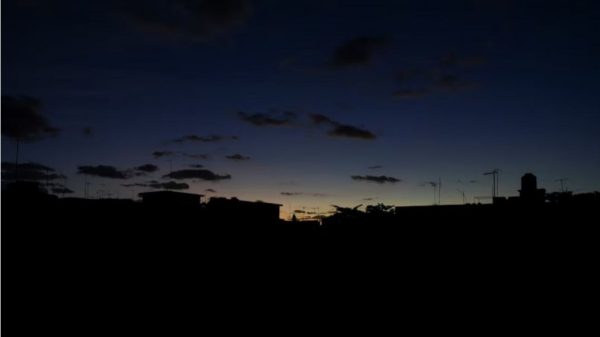

Cuba suffered another nationwide blackout after the main power plant went down. Lakhs of people were left without power within a few hours after the power plant went down on Wednesday (December 4). However, the authorities said that they have been able to generate enough electricity to meet about one-sixth of the country’s peak demand by the evening of this day. British news agency Reuters reported this news.
The National Electric Union (UNE) said they had generated 533 megawatts of electricity by evening. But this is only a fraction of the country’s typical dinner time demand of 2 to 3,200 MW. As dusk fell, most Cubans on the Caribbean island remained in the dark.
Earlier, the communist government had said it would give priority to electrification of hospitals and water pumping facilities. Schools and non-essential government services were closed until further notice.
Late on Wednesday night, the capital city of Havana was lit up with lights. The local electricity company said that more than 260,000 customers have been restored.
It’s the latest in a series of nationwide blackouts caused by Cuba’s aging and increasingly vulnerable power generation system. Fuel shortages, natural disasters and economic crises have left Cuba’s power sector in near total disarray this year.
The country has been suffering from prolonged blackouts for several months. Last Thursday, the Cuban Prime Minister was forced to declare a ‘state of emergency’ in the power sector.
A drop in oil imports from Venezuela, Russia and Mexico pushed the island’s outdated oil-fired power plants into a full-blown crisis a few months ago.
A succession of hour-long blackouts and acute shortages of food, medicine and water have made life increasingly unbearable for many Cubans. Residents have fled the island in record numbers in recent years.
Cuba blames the US embargo for the country’s crisis. Because this ban complicates financial transactions and fuel imports.
Leave a Reply